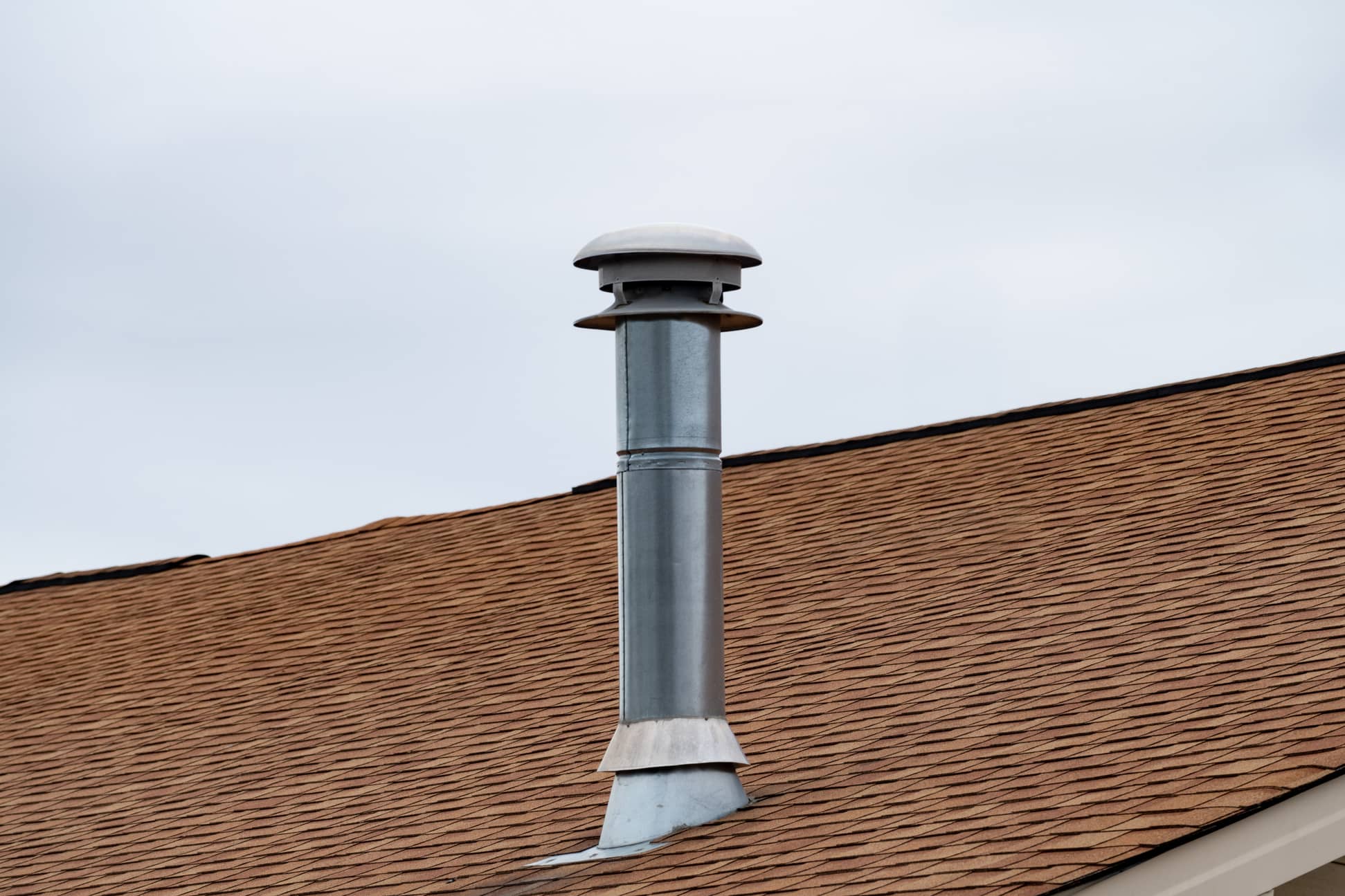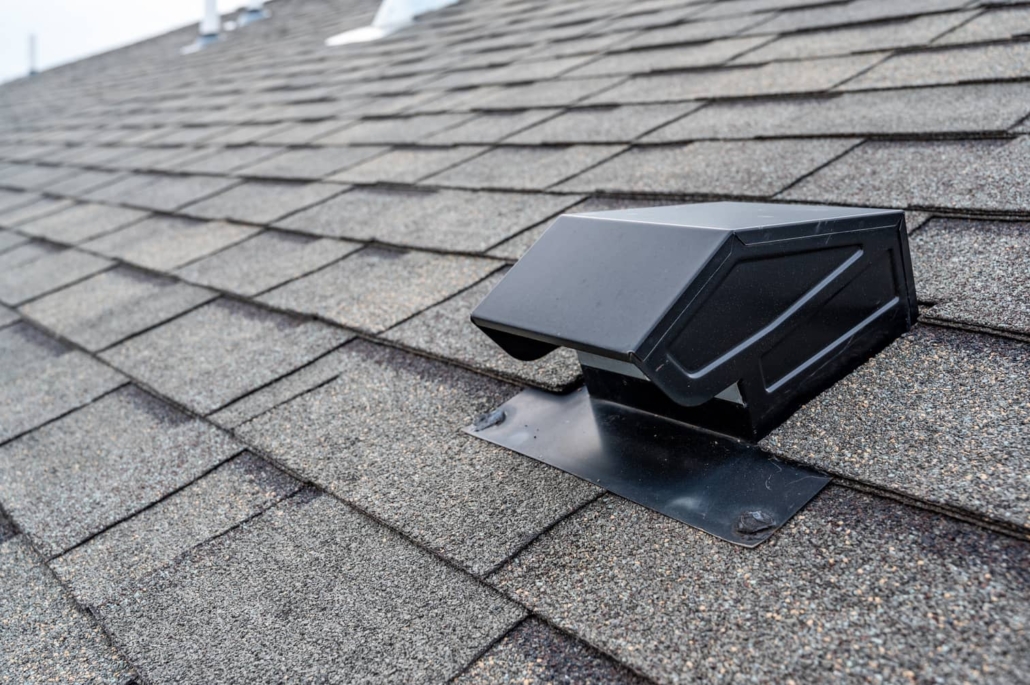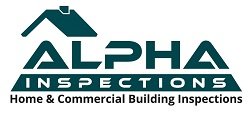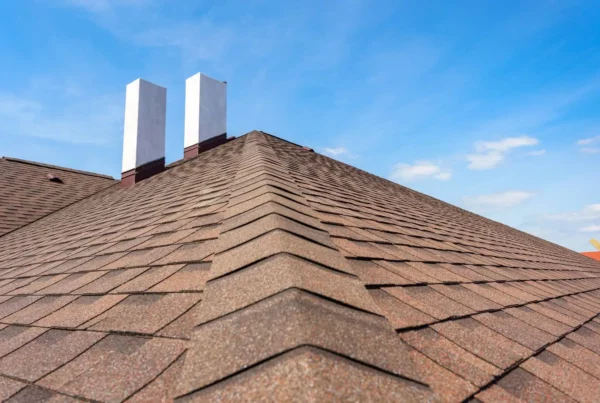
Have you ever found yourself staring up at your roof, puzzled by the various components, lost in a sea of shingles? You’re not alone. Specifically, many homeowners wonder about the purpose of the roof vent pipe and whether they should be covered.
In this guide, we’ll demystify roof vent pipes and explore the surprising answer to whether or not you should cover them. Plus, get more tips to keeping your home healthy, safe, and functioning at its best.
Understanding Roof Vent Pipes
The prominent pipes jutting out from your roof are more than just architectural oddities. They’re critical in maintaining your home’s plumbing system.
Known as plumbing vent stacks, these pipes allow air to escape through your plumbing lines. They play a big part in preventing a vacuum effect that could cause various issues. Essentially, they act as a pressure relief valve for your plumbing. This relief ensures that everything from your sinks to your showers can drain smoothly and efficiently.
In addition to plumbing vent stacks, you may spot other types of pipes on your roof. For instance, HVAC vent stacks (which release exhaust from heating and cooling systems), attic fans (which help regulate temperature and moisture in your attic), and small vent boxes (which remove excess moisture from bathrooms).

Uncovered Roof Vent Pipe
Benefits of Covering Roof Vent Pipes
Now that you know what those pipes are for, you might be wondering whether you should cover them up. The answer? It depends.
While roof vent pipes are designed to remain open to allow for proper ventilation, there are some instances where covers can help. The primary reason to cover a roof vent pipe is to prevent debris. Things like leaves, twigs, and even bird nests clog the pipe and cause blockages. As mentioned above, clogged vent pipes can lead to various unpleasant symptoms inside your home.
To keep your vent pipes clear, many homeowners opt to install a vent boot or rubber cap over the pipe. These covers are designed to seal the pipe while still allowing for the necessary expansion and contraction with temperature changes.
Signs of a Clogged Vent Pipe
Of course, even when covered, your roof vent pipe can become clogged over time. That’s why it’s essential to know the warning signs of a blockage! That way, you can address the problem before it leads to more severe issues.
Some common red flags to watch out for include slow plumbing drainage, bubbling toilets, and sewer odors in your bathroom.
You may also notice signs of water damage, such as cracking paint, peeling wallpaper, or water stains on your walls and ceilings. If you spot any of these symptoms, it’s time to call in a professional to investigate and clear any potential clogs.

Covered Roof Vent Pipe
Other Recommended Maintenance
In addition to keeping an eye on your roof vent pipes, it’s important to take a keen eye to roof maintenance. Start by familiarizing yourself with the type of roofing material you have, such as asphalt shingles, metal, or tile.
Each material has its own unique maintenance needs and expected lifespan, so understanding what you’re working with is key. Regularly inspect your roof for signs of wear, tear, or damage, paying special attention to areas around chimneys, skylights, and roof valleys. If you spot any issues, address them promptly to prevent leaks and more extensive damage down the line.
Finally, consider setting aside funds for eventual roof replacement based on the age and condition of your current roof. By staying proactive and vigilant with your roof maintenance, you can help ensure that your home remains protected and secure for years to come.
When Do I Call A Professional?
While some basic roof maintenance tasks can be done safely by homeowners, it’s important to know when to call experts. For instance, if you suspect that your roof vent pipes are clogged, damaged, or not functioning properly.
These professionals have the knowledge, skills, and tools to diagnose and resolve vent pipe issues without causing additional damage. Plus, they can offer expert guidance on preventative measures and maintenance strategies.
Finally, if you’re overdue for a roof inspection or simply want peace of mind, consider contacting a reputable home inspection company in your area for a thorough evaluation and personalized recommendations.
Conclusion
While a covered or uncovered roof vent pipe may seem like a small detail in the big picture, it plays a vital role in maintaining a healthy, safe, and comfortable home. By understanding their function, recognizing potential issues, and taking a proactive approach to maintenance, you can keep your plumbing and ventilation systems running smoothly for years to come.
However, don’t hesitate to call a trusted professional to ensure your roof and vent pipes are in top shape. To schedule an inspection of your whole home – or for answers to your roofing questions – reach out to the experts at Alpha Building Inspections in NH, MA, and ME.



